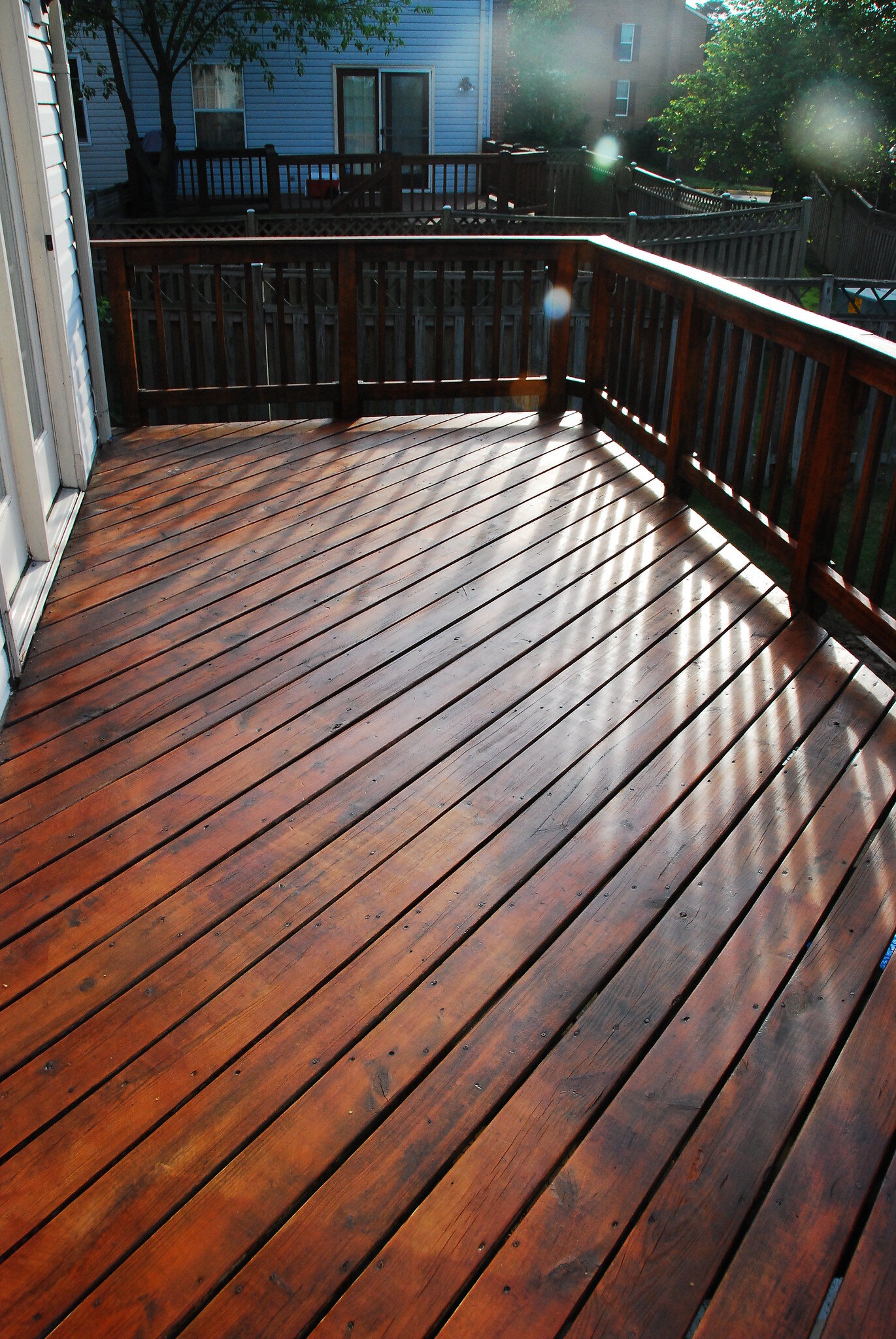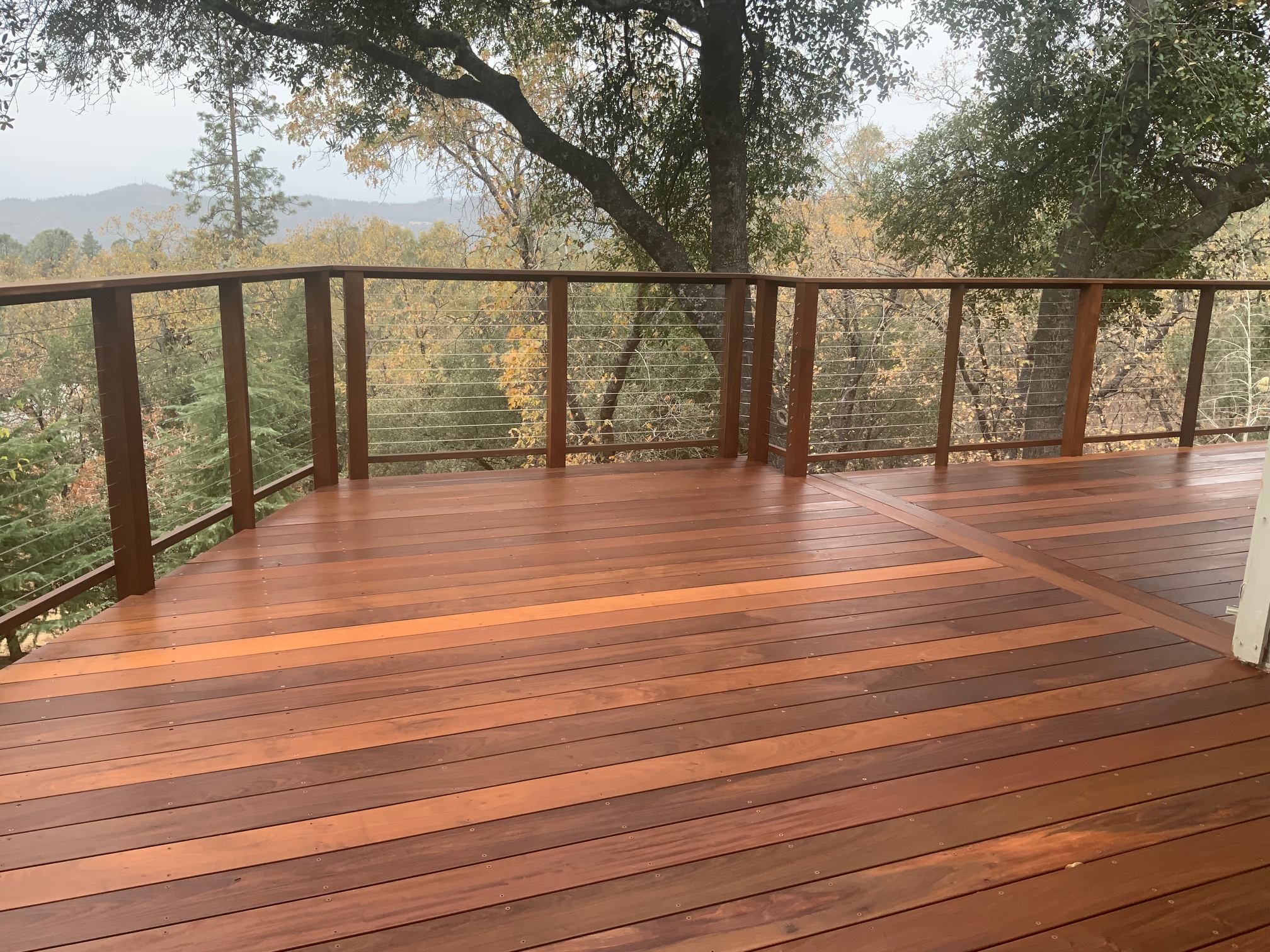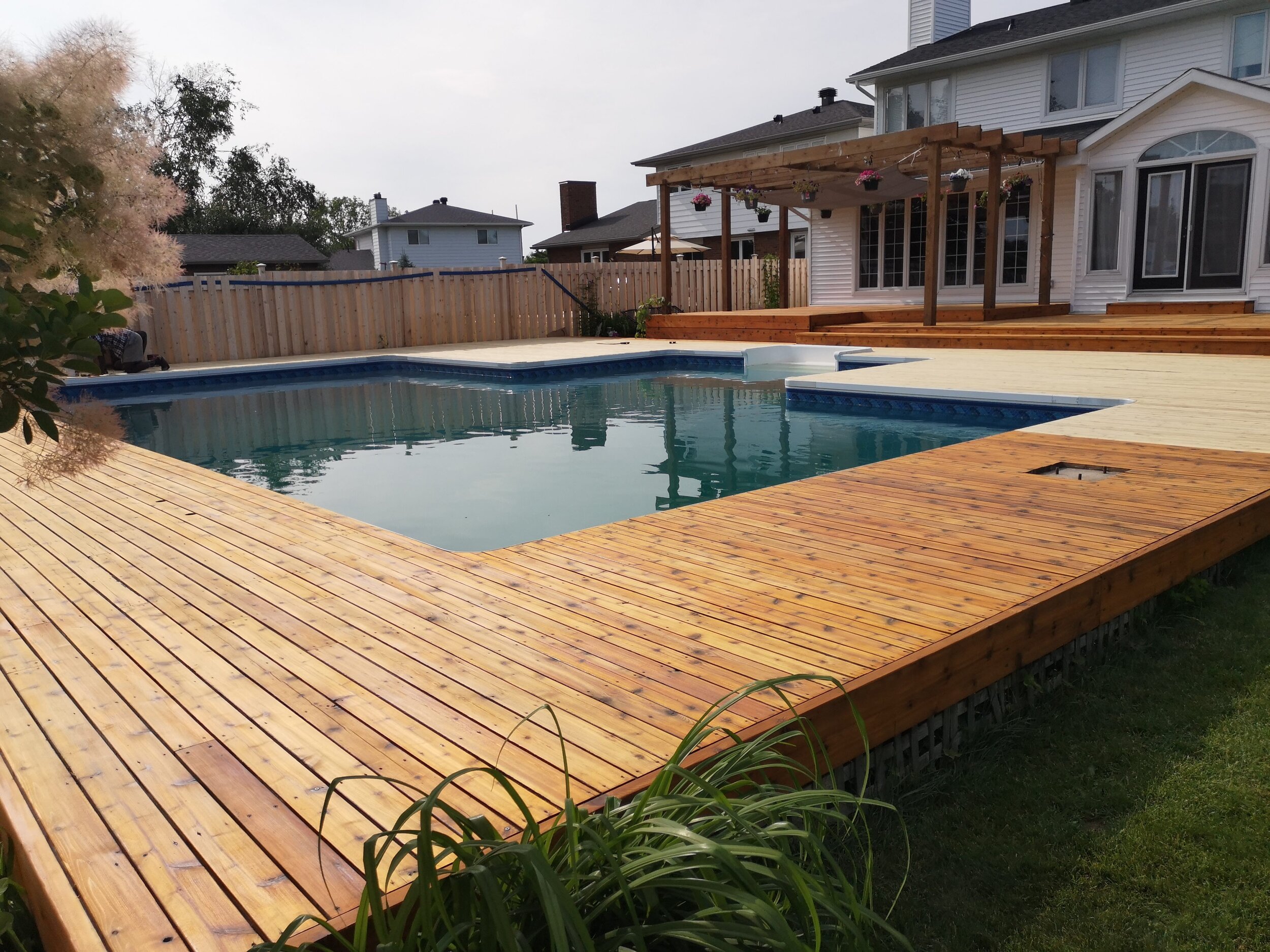Seal the Beauty: Expert Fence Staining and Sealing Services
Choosing the Right Spot for Your Fencing: Tips and Considerations
When it involves improving the appearance and maintaining of your fence, choosing the appropriate tarnish is critical. With a vast selection of options readily available, it can be overwhelming to establish which tarnish will certainly best match your demands. This guide will supply you with considerations and suggestions to help you make an educated decision. We will discover the various kinds of fence stains, elements to consider prior to selecting a stain, suggestions for preparing your fence for staining, and the distinctions in between oil-based and water-based discolorations. Additionally, we will certainly delve into selecting the right discolor shade to match your fencing and boost your outdoor room. By adhering to these guidelines, you can make certain that your fencing continues to be safeguarded and visually pleasing for years to find.
Comprehending Various Kinds of Fence Spots

On the other hand, water-based spots are made from acrylic or latex and use a much more refined color to the wood. Water-based discolorations are much easier to cleanse up and have a much faster drying out time contrasted to oil-based spots.
Picking in between water-based and oil-based stains depends on various factors, including personal preference, the wanted look, and the degree of upkeep required. Oil-based spots are advised for surround high-traffic locations or those continuously revealed to extreme weather conditions. deck staining. Water-based stains, on the other hand, are a prominent selection for fence suburbs where look and simplicity of use are essential
Recognizing the distinctions in between water-based and oil-based discolorations aids house owners make an informed decision when selecting the best stain for their fence. Thinking about the certain demands of the fencing, such as its area, direct exposure to sunshine, and desired aesthetic, will certainly make sure that the selected stain supplies durable protection and improves the total charm of the fence.
Aspects to Take Into Consideration Before Picking a Stain

Different types of wood absorb stains differently, resulting in varying degrees of shade intensity and toughness. Additionally, particular woods might be a lot more susceptible to concerns like rot or insect invasion, which may affect the selection of stain to protect and preserve the fence.
The climate and weather problems in your location need to additionally be considered. You might need a tarnish that offers added defense versus dampness and UV rays if you live in an area with severe winter seasons or high humidity. Also, if your fencing is subjected to route sunshine for extended periods, a stain with UV preventions can help prevent fading and discoloration.
Last but not least, it's vital to consider your preferred visual. Various discolorations use different colors and surfaces, enabling you to personalize the look of your fencing (fence staining and sealing). Consider the overall design and style of your property, along with any local guidelines or homeowner association guidelines that might determine the appropriate tarnish shades
Tips for Readying Your Fencing for Staining
Cleaning up the fence is an important step as it eliminates dust, gunk, and any kind of previous finishings that might interfere with the staining process. Scrub the surface area carefully, paying extra interest to areas with stubborn spots or mold.
This step is important as discoloring a wet or wet surface can lead to bad adhesion and an irregular coating. Make certain that more tips here the fence is completely dry prior to proceeding with the discoloration process.
Prior to discoloration, examine the fence for any type of damages, such as loose boards or nails. This item helps to open the timber pores, enabling the tarnish to penetrate extra effectively and evenly.

Comparing Oil-Based and Water-Based Stains
When selecting a tarnish for your fence, it is necessary to contrast the characteristics and advantages of oil-based and water-based spots. Both kinds of discolorations have their very own benefits and factors to consider, so it is essential to recognize the differences in between them.
Oil-based stains are known for their resilience and resistance to tear and use. They penetrate deeply right into the wood, offering exceptional defense against the elements. They likewise improve the all-natural elegance of the wood by highlighting its grain and texture. Furthermore, oil-based spots often tend to last longer than water-based stains, making them a popular choice for fences.
On the other hand, water-based spots are extra eco-friendly and less complicated to clean up. They have a reduced VOC (unpredictable organic compound) material, which suggests they release fewer dangerous fumes into the air. Water-based spots also dry quicker, permitting for a quicker application and less downtime. They may not offer the exact same degree of security as oil-based discolorations, particularly in rough climate problems.
Ultimately, the option in between oil-based and water-based spots relies on your details demands and choices. Think about elements such as toughness, ecological effect, and simplicity of application when making your choice. Consulting with a specialist or seeking suggestions from experts can likewise aid ensure that you select the appropriate discolor for your fence.
Choosing the Right Stain Color for Your Fencing
The choice of an ideal stain shade for your fence is a crucial facet of improving its visual charm and enhancing the overall style of your exterior space (deck staining). The appropriate discolor color can change a plain, average fence into a striking prime focus that adds deepness and character to your property
When picking a stain shade for your fence, it is essential to consider the design and design of your home. If you have a traditional or traditional design home, earthy tones such as browns and neutrals can develop a warm and welcoming look. On the other hand, if you have a contemporary or modern-day home, you might think about going with vibrant and dynamic shades that make a statement.
An additional aspect to take into consideration is the natural environments of your building. If you have a great deal of plant, a stain shade that complements the all-natural landscape, such as eco-friendlies or crimsons, can create a natural and harmonious appearance.
Additionally, it deserves taking into consideration the maintenance required for different discolor shades. Lighter colors often tend to show dirt and wear more quickly, while darker colors can conceal flaws and call for much less constant touch-ups.
Inevitably, the choice of stain color for your fence should reflect your personal style and preferences - fence staining. Put in the time to explore various alternatives and speak with with professionals if needed, to make certain that you select the ideal tarnish shade that improves the elegance and appeal of your fence
Final Thought
In conclusion, when it comes to choosing the right tarnish for your fencing, it is vital to recognize the various types of stains available and consider variables such as durability and wanted look. Choosing the best stain shade can boost the total looks of your fencing.
We will certainly check out the different types of fencing discolorations, variables to consider before selecting a stain, suggestions for preparing your fence for staining, and the differences between oil-based and water-based spots.Distinguishing between water-based and oil-based discolorations is vital when recognizing different kinds of fence discolorations. Water-based discolorations are simpler to cleanse up and have a quicker drying time compared to oil-based discolorations. Furthermore, oil-based stains have a tendency to last longer than water-based stains, making them a prominent choice for fences.
In verdict, when it comes to selecting the appropriate discolor for your fencing, it is essential to recognize the different kinds of discolorations offered and take into consideration aspects such as longevity and preferred look.